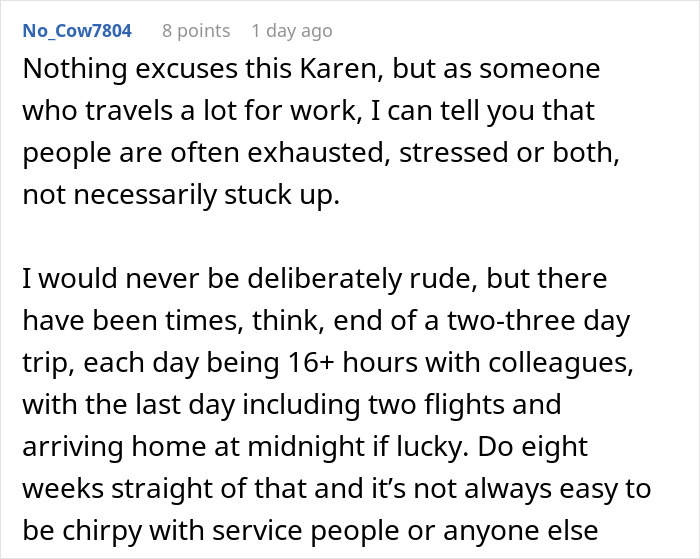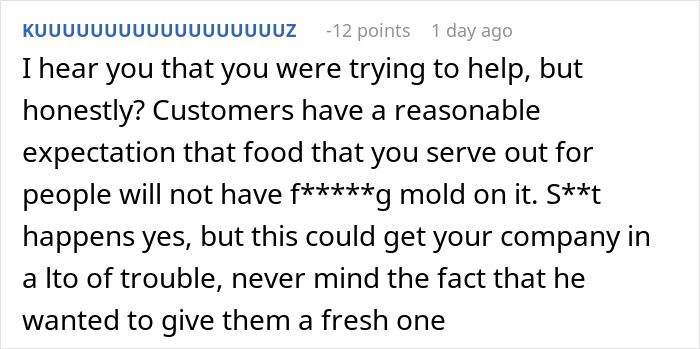When a job position involves interacting with clients, it’s important to have good customer service skills. However, no matter how good one’s abilities might be, some people just can’t be pleased. Or rather, they just want to be left to their own devices.
Recently, Redditor Eaglefeather148 shared a similar encounter where a lady was desperately trying to chase a coworker away so she could eat in peace. What she failed to hear during it was the employee trying to warn her about the moldy food on her tray. But because she was acting rudely towards the workers, she was maliciously left to enjoy the meal on her own.
A lady rudely chased an employee away just so she could eat her meal in peace

Image credits: Anna Shvets / pexels (not the actual photo)
What she failed to hear was the warning about moldy food on her plate
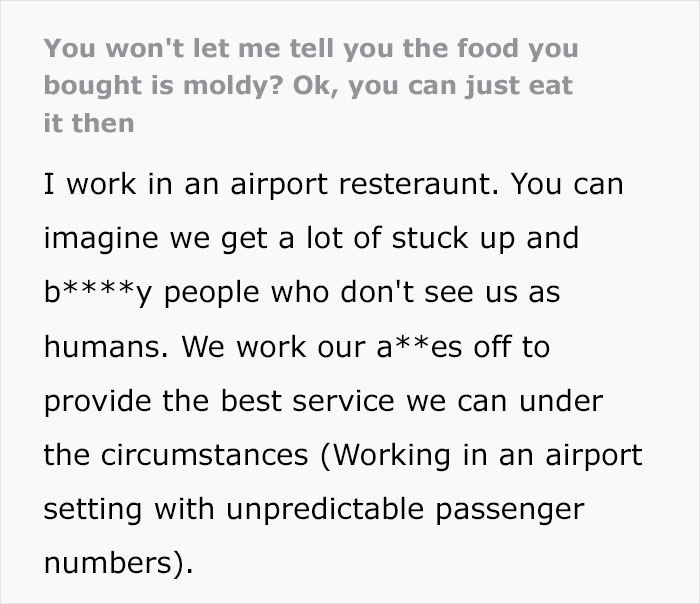
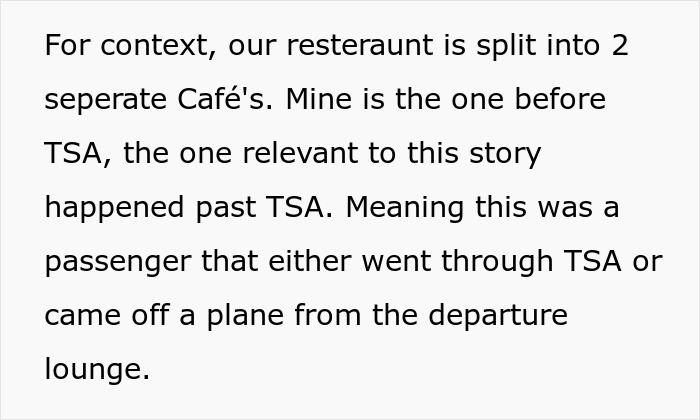
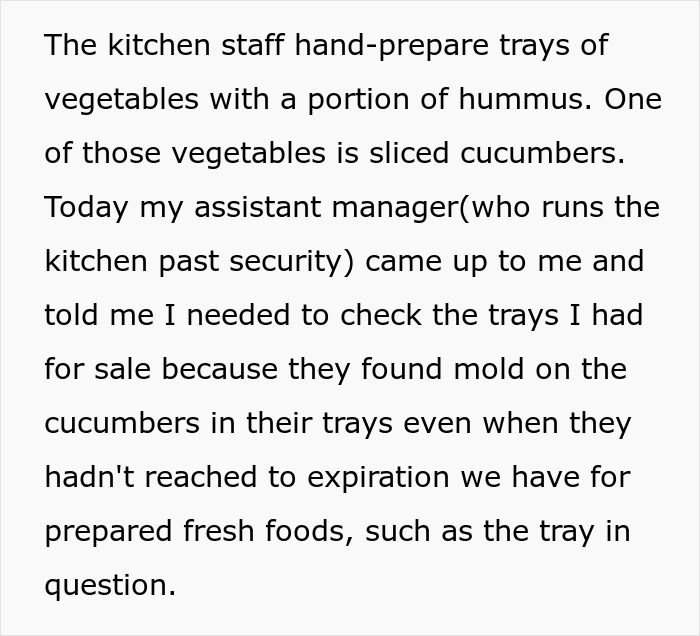
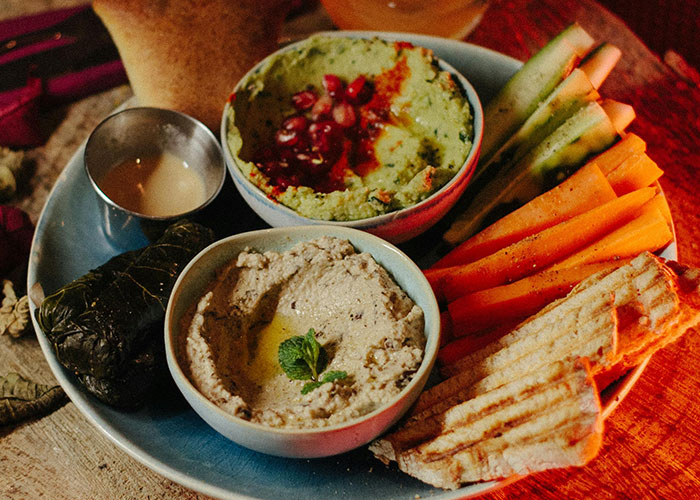
Image credits: Daria Klimova / pexels (not the actual photo)
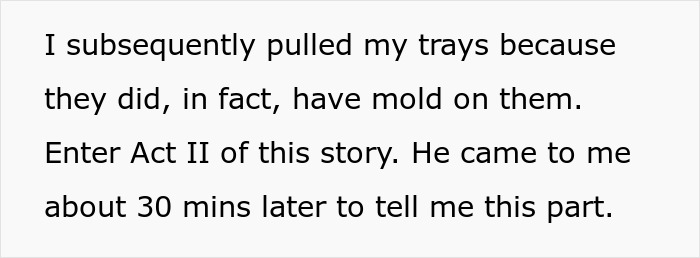

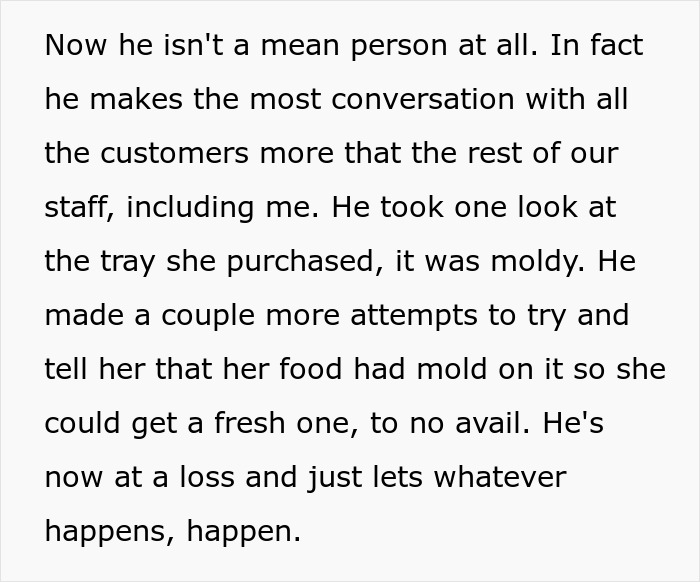
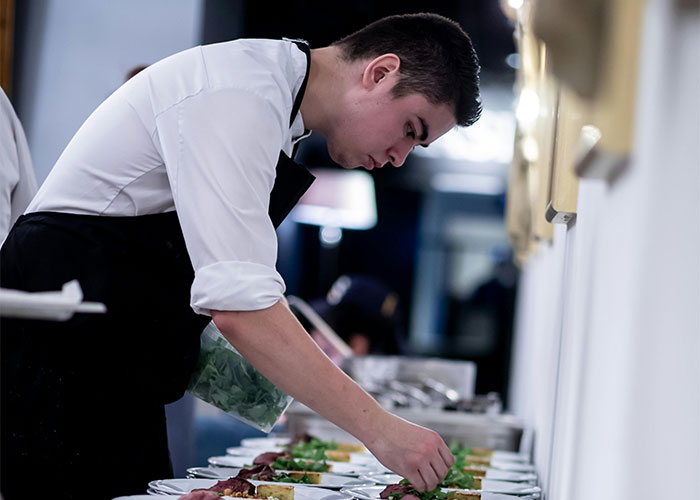
Image credits: Rene Asmussen / pexels (not the actual photo)
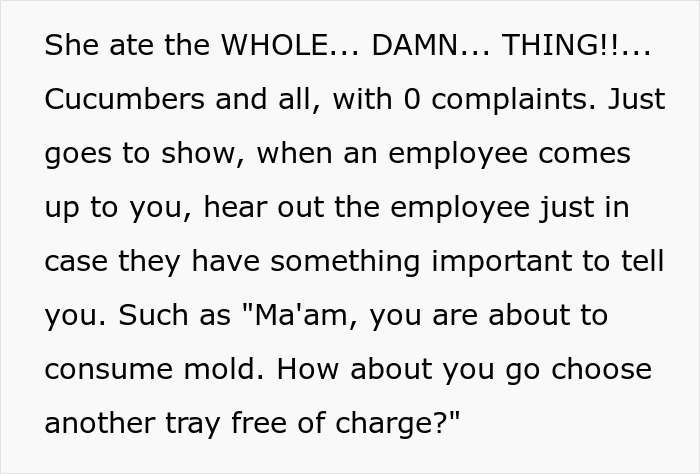
Image credits: eaglefeather148
Consuming mold by accident won’t kill you
If you accidentally sunk your teeth in some moldy food, there’s nothing to worry about. It’s extremely common and mostly harmless to healthy individuals.
That said, on rare occasions, it can make a person sick if they’re not careful enough. The feeling of nausea might appear after consuming moldy food, but that’s likely because it tastes bad, not because of some particular toxins. The exception is if it produces mycotoxins, as even a small amount of them can be damaging to human health. It’s often found in grains, celery, grape juice, apples, and other produce.
Dr. Bedford, during an interview with Woman’s Health, recommended waiting to see if symptoms go beyond nausea before contacting a doctor. The stomach is a harsh environment containing acids and enzymes, making it hard for most bacteria and fungi to survive.
In fact, mold is everywhere around us, and we might not even realize it. It multiplies by releasing clouds of microscopic spores that are invisible to the human eye, and they can travel anywhere by wind or water. Because it surrounds us, the average person inhales between 1,000 and 10 billion particles of it per day.
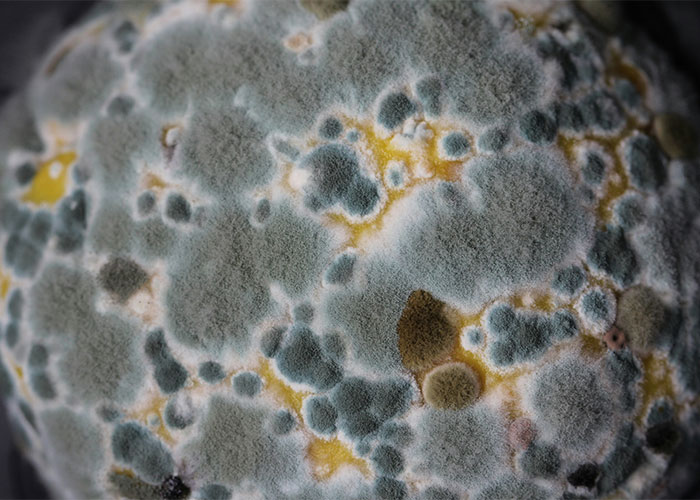
Image credits: Sandy Millar / pexels (not the actual photo)
Mold can be prevented by washing and refrigerating food
The good news is that it’s possible to delay mold growth by washing and storing our food properly. It’s useful to know that fungus thrives in warm and humid environments, and by lowering the temperature, we can slow its reproducing process. For instance, refrigerating or freezing baked goods can prolong their shelf life.
Some foods are more susceptible to growing mold than others – vegetables and fruit are two main examples. One way to avoid this is to wash them just before eating them. Rinsing them right from the store might leave extra water behind, which speeds up the growth of mold.
Experts also recommend avoiding overcrowding your fridge to allow for better airflow. This removes the moisture with which mold thrives. Additionally, cleaning your fridge or anything else that comes into contact with mold ensures that it doesn’t spread further through air ventilation, dishcloths, storage items, or cooking utensils.
Probably the most obvious way to avoid fungus is to eat the food you buy. If you reduce trips to the grocery store and purchase what you really need, you lower the chances of waste and produce going bad. To execute this, make a goal of getting fresh ingredients to use in meals within a couple of days. One fun idea to help you with it is designating an “eat me first” shelf to have a visual reminder in your fridge of what needs to be consumed soon.
Another great tip is to thoroughly examine groceries before you pick them up. The United States Department of Agriculture (USDA) recommends checking food in glass containers, carefully looking at the stems of fresh produce, and avoiding bruised fruits or vegetables. The organization also encourages customers to inform store workers if they spot any fuzzies on goods.
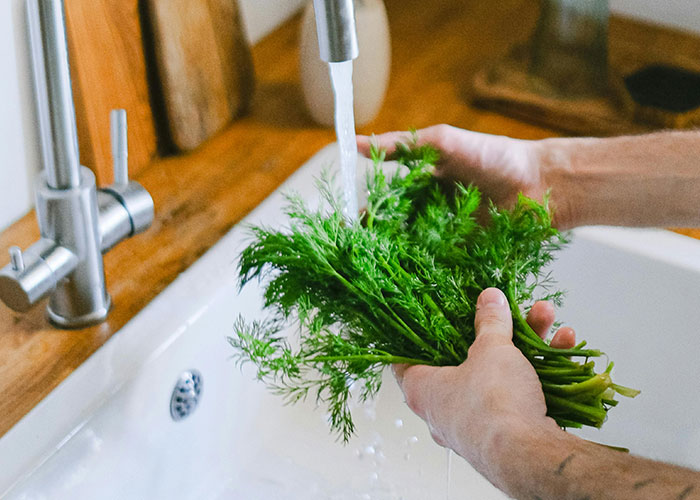
Image credits: Anna Shvets / pexels (not the actual photo)
You might want to stop cutting around moldy spots on food
Those who are brave enough to ignore the mold and cut around it should know that not every food is safe to continue eating after doing so. Though we only see the fuzzy discoloration on produce, it has roots that spread inside goods, making it unsafe to consume.
So, the general rule is that if you find fungus on soft foods like bread, fruits, and cheeses – scrap it, as it spreads more easily on porous and water-rich produce. And yes, that also means if you find one fuzzy strawberry, you should throw the whole bunch away.
However, spots of it on hard foods like cheese, vegetables, or cured meats might mean that it’s still good to eat. To remove it safely, experts recommend cutting off at least an inch around the area and washing the used knife thoroughly afterward.
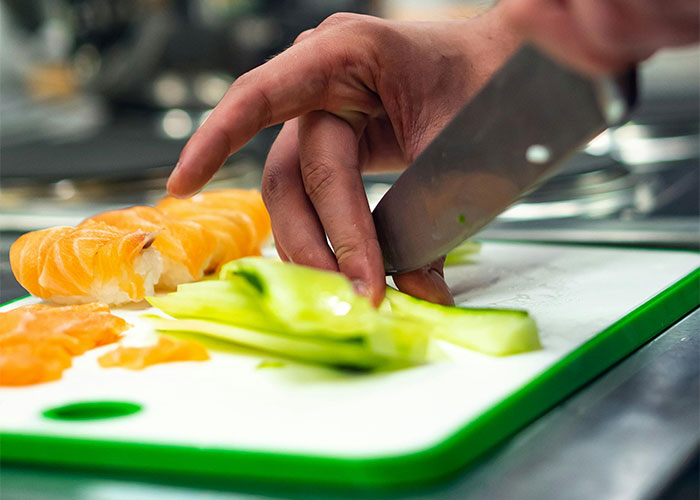
Image credits: Vlad Chețan / pexels (not the actual photo)
The lady was titled as a total Karen





